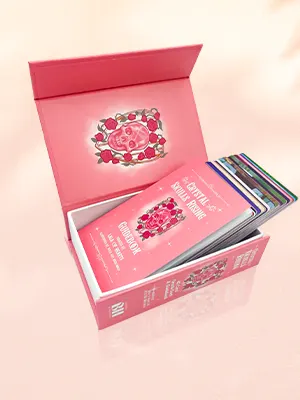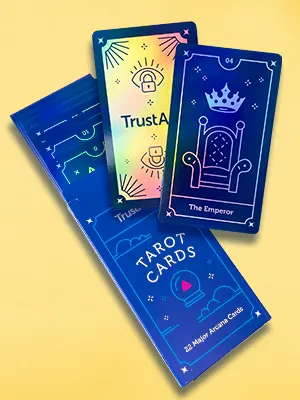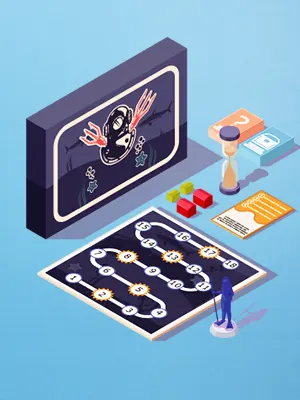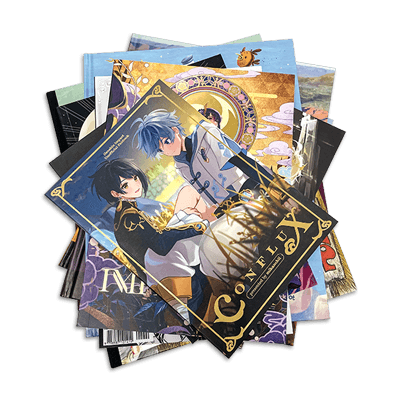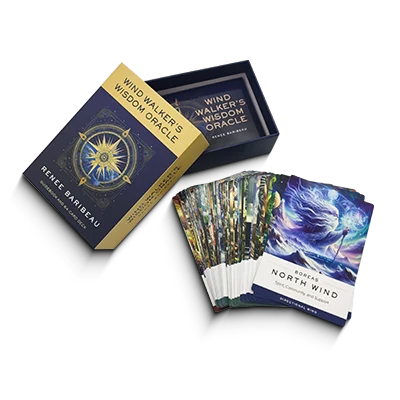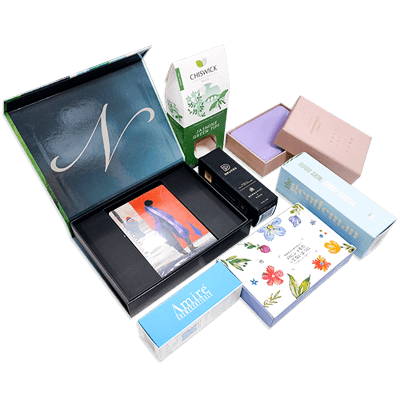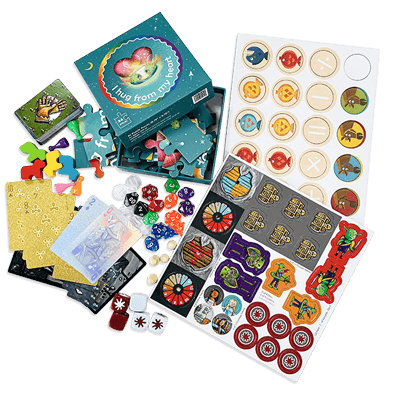How to Choose the Best Paper for Your Print Project
You can choose from a vast range of different paper options to best suit your print project. Some of these papers are untreated, others are coated on one or both sides with mineral clay or polymers, and others may be colored, textured, metallic, and more. Each with its special uses and particular qualities. In this helpful guide, we’ll introduce the most common and useful paper options and describe their best uses to help you understand what’s available and choose the ideal paper for your particular project.
Book Paper
Book Cover Paper
For a paperback or softcover book, the most popular and effective choice is 250 gsm gloss or matte art paper, or C1S paper.
- If the book is larger than 8.5″ x 11″, then 300 gsm art paper or 300 gsm C1S paper would be better.
- If the inside front cover and inside back cover won’t be printed, choose C1S paper.
- If the inside front cover and inside back cover will be printed in full color, go for gloss or matte art paper
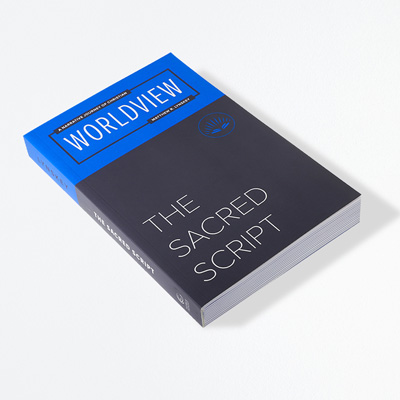
For hardcovers, we recommend a 157 gsm art paper, laminated, and wrapped on grayboard to make the casing, with end sheets to bind it to the block.
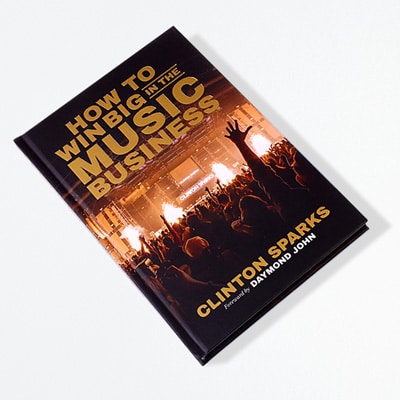
Book Interior Paper
Again, your paper options depend on the purpose, content, and style of your book along with factors such as size and layout.
- In most cases, novels, coloring books, and other text-based volumes should be fine with uncoated offset paper for the interior pages.
- But an art book, coffee-table book, or a photo-essay, for example, would need a heavier paper coated on both sides to give the best reproduction.
- A comic book with a black-and-white interior could be fine with uncoated paper, but a full-color graphic novel would be best with coated paper for the interior, too.
Card Deck Paper
Choosing the right paper stock is essential to ensure durability, handling quality, and visual appeal in playing cards and related products. Whether you’re printing traditional playing cards, tarot decks, affirmation cards or educational flash cards, we offer a selection of high-quality materials specifically suited for this purpose.
For most card games, we use premium cardstock or black core paper. Premium cardstock offers a solid hand feel and long-term durability, while black core paper adds an opaque layer that prevents light from passing through—essential for maintaining fairness in gameplay.
We most commonly use the following paper types for playing cards:
- 310 gsm / 114 lb black core paper – opaque and durable, ideal for professional-level playing cards
- 300 gsm / 110 lb premium cardstock – a standard choice for custom card decks
- 350 gsm / 129 lb premium cardstock – thicker and more rigid, well-suited for tarot cards or luxury cards
These stocks can be finished with gloss or matte lamination to increase wear resistance and improve tactile quality. Additional options such as spot UV, foil stamping, or laser foil are available upon request.
Folding Carton Paper
To make our folding paperboard boxes robust and practical while keeping them lightweight and easy to store, handle, and ship, our standard papers for folding cartons are:
- C1S paper—this has a protective layer of gloss or matte coating on one side
- Brown Kraft paper—made from chemical pulp, this paper is tough, resistant, and durable
- Black Kraft paper—same as above, but black, with a slick, professional look
- Corrugated paper—a robust solution with two or more layers filled with fluted inserts
- Colored paper—paperboard in a variety of attractive colors and shades
- Soft-Touch paper—this has a scuff-resistant, velvety coating
- Textured paper—attractive paper with a textile-like finish
These are excellent choices for folding cartons and serve the needs of most customers. They’re high-quality stocks with excellent properties for print, durability, and precision cutting — all important factors for making an effective carton.
Rigid Box Paper
We make rigid boxes from grayboard covered with coated white paper. Our standard papers are:
- Printed paper— we use CMYK offset printing on 157 gsm / 106 lb art paper
- Brown Kraft paper—120 gsm / 81 lb paper made from chemical pulp, this paper is tough, resistant, and durable
- Black Kraft paper—same as above, but black, with a slick, professional look
- Colored paper—120 gsm / 81 lb paper in a variety of attractive colors and shades
- Soft-Touch paper—120 gsm / 81 lb paper with a scuff-resistant, velvety coating
- Textured paper—120 gsm / 81 lb paper paper with a textile-like finish
We can also include custom inserts made from paperboard, foam, silk, PVC, and other materials of your choice.
Game Board Paper
The type and thickness of your game board paper options depend on its size, whether it folds, and if it’s laminated. Typically, it will be 157 gsm art paper with either gloss or matte lamination wrapped on paperboard. Here’s a general guide to the most common paper and paperboard types and thicknesses:
- Grayboard—most commonly 2 mm to 2.5 mm, but you can also make it thicker by gluing two sheets together
- Chipboard—chipboard is already a little tougher than grayboard, so 1.5 mm up to 3 mm is usually plenty thick enough
- ESKA blueboard—available in 1.5 mm to 2.25 mm thickness
- Plasticized cardboard—while commercially available up to 10 mm thick, 1.5 mm to 2.5 mm is about right for most game board applications
Obviously, the final thickness of your board depends on any further layers or laminates, treatments, and finishes you add to it—even ink has weight and thickness! So, it’s worth taking it all into account when designing your game and thinking about how it will all fit together, how much it will weigh, and what size box you’ll need to house it all comfortably.
The choice of paper affects the quality and impact of the finished printed product, the design process, and the price. When you have a print project in mind, the best thing to do is to talk to us first. With over 25 years’ experience under our belts, the latest offset printing technology at our fingertips, a vast range of paper options available, and a genuine commitment to customer service, we’ll be happy to give you the best advice to help you choose the perfect paper for both your print project and your budget.

